Recap & Reassessment
What happened to the water?
Problems to plan around
No Kitche n faucet = no cooking No Cold to washer = no laundry No upstairs run complete = no going to the bathroom
Research
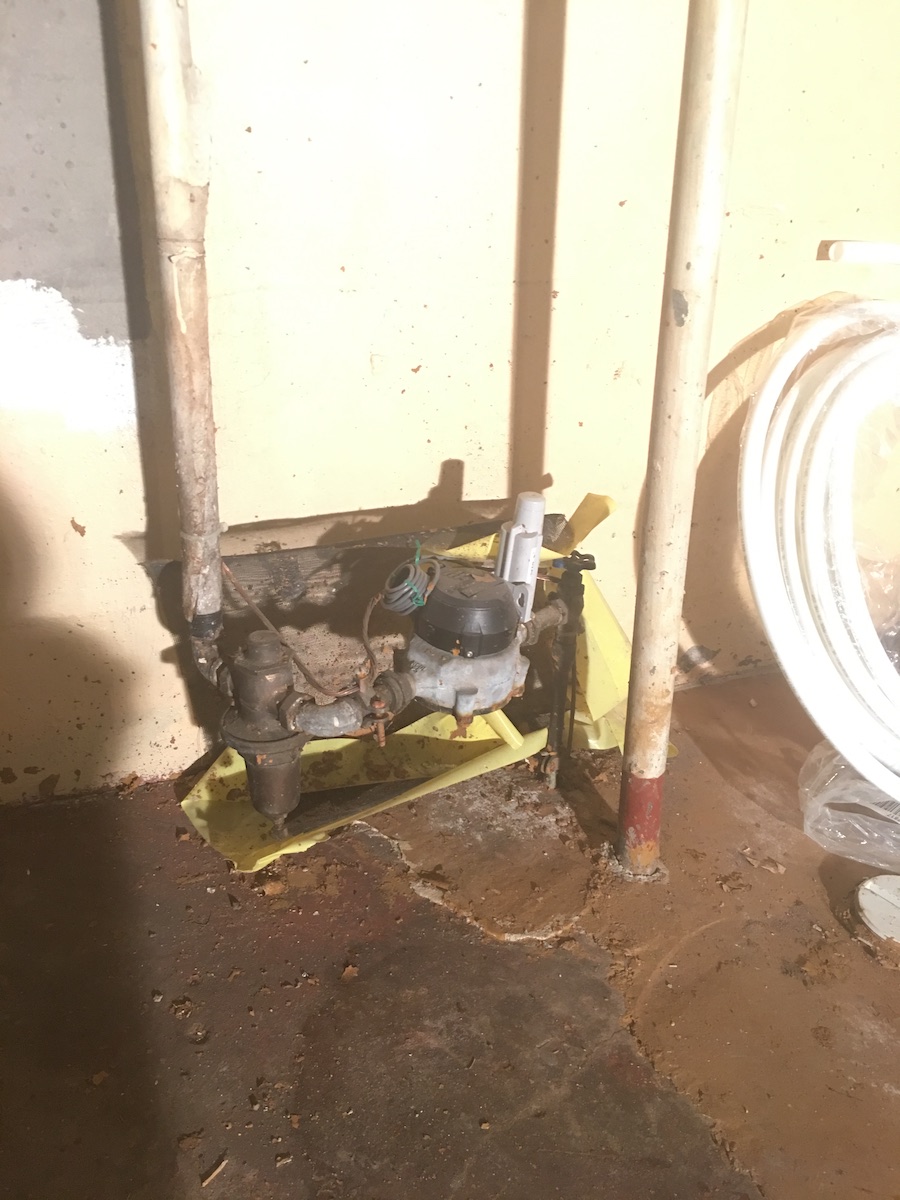
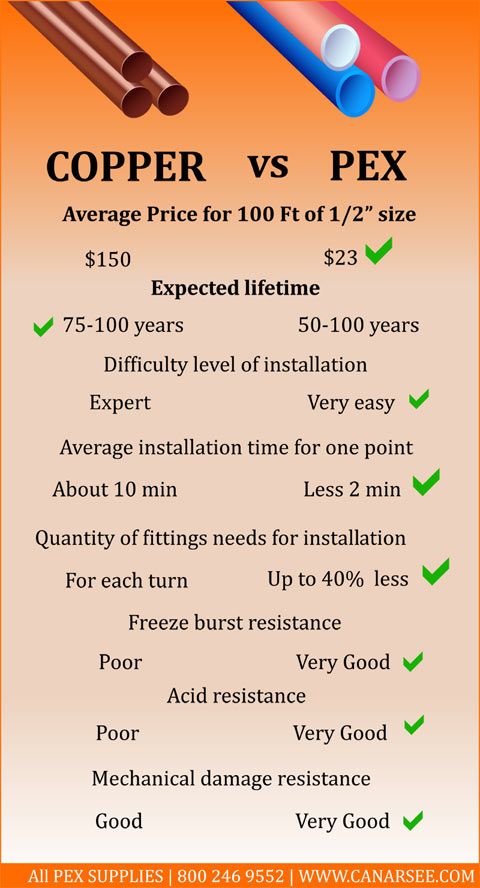
My Solution to execute:
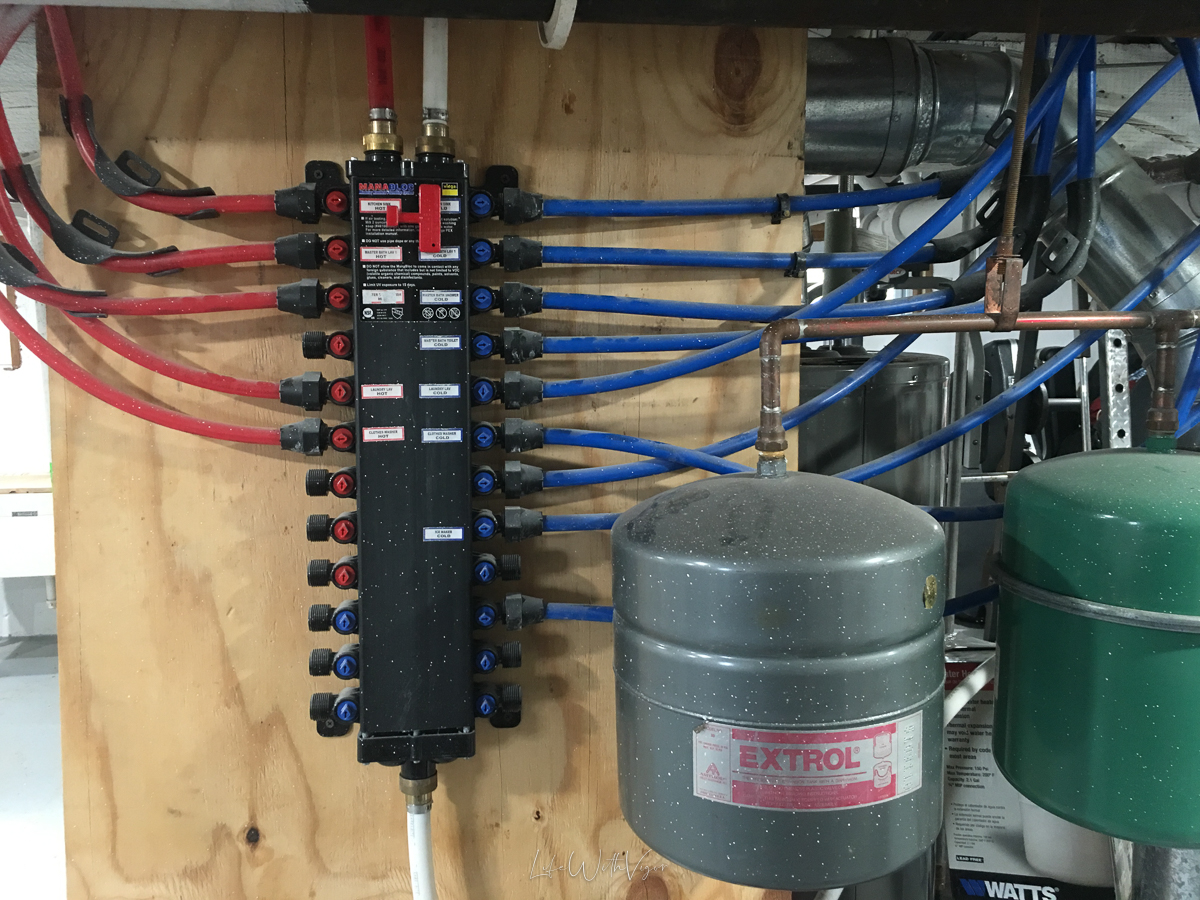
Supplies:
Execution:
Mount the Manifold in a strategic place Break the steel from the main city supply line Connect New 3/4 inch PEX from city supply to Manifold Cold input Run 3/4 inch Cold out of Manifold and into Water Heater input Run 3/4 inch Hot Water Heater out to Manifold Input
Product Links:
- Population:
- Capital:
- Land Mass:
- Density:
- Language:
- Religion:
- Currency:
- Time Zone:
- Driving:
Source Links:
- What this Post is About:
- Where is This?
- How to get there:
- Cost:
- When to go:
- Helpful Tips:
- ATM:
- Currency:
- Language:
- Time Zone:
Disclaimer:
I am not a professional so replicate my methods at your own risk. Always consult your local code for county and state regulations. And always call a professional for anything you are uncomfortable with, it is safer and can actually save you money in some cases.
Disclosure: Some of the links in this article are affiliate links and we will earn a small commission through their use at absolutely no extra cost to you!
Thank You!
Related Posts:
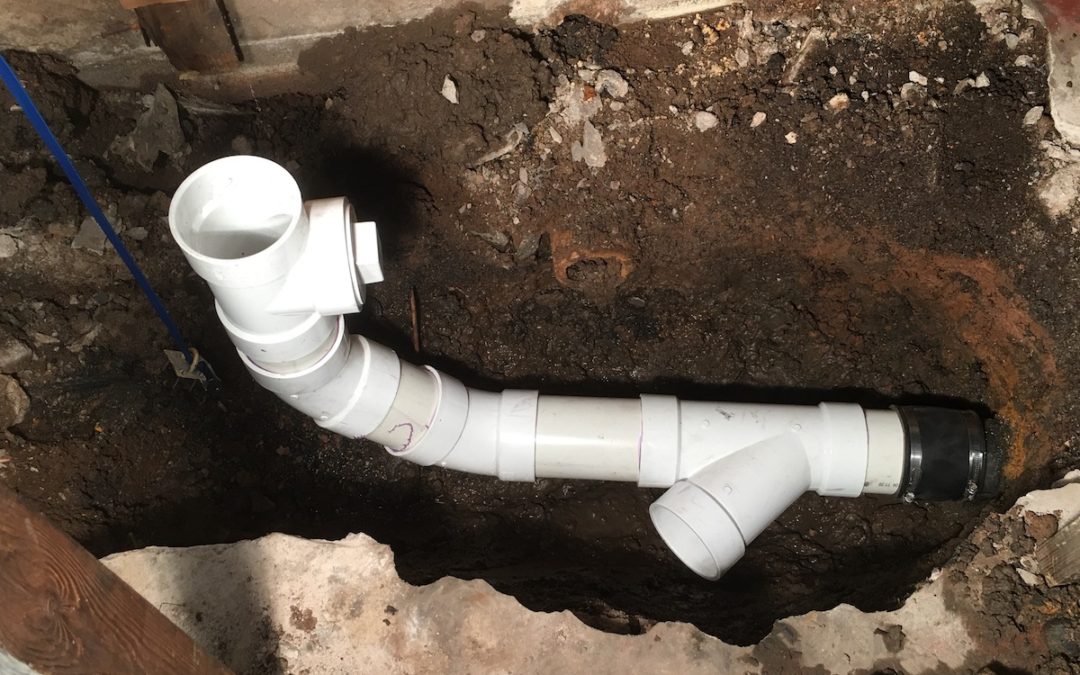
Plumbing A New Half Bath
When a fix leads to an improvementI’m excited to move forward and move to the basement floor issues but there is one thing that needs to be addressed first. Over by the main waste stack is a cast iron pipe that comes out but it is half above and half below the cement...
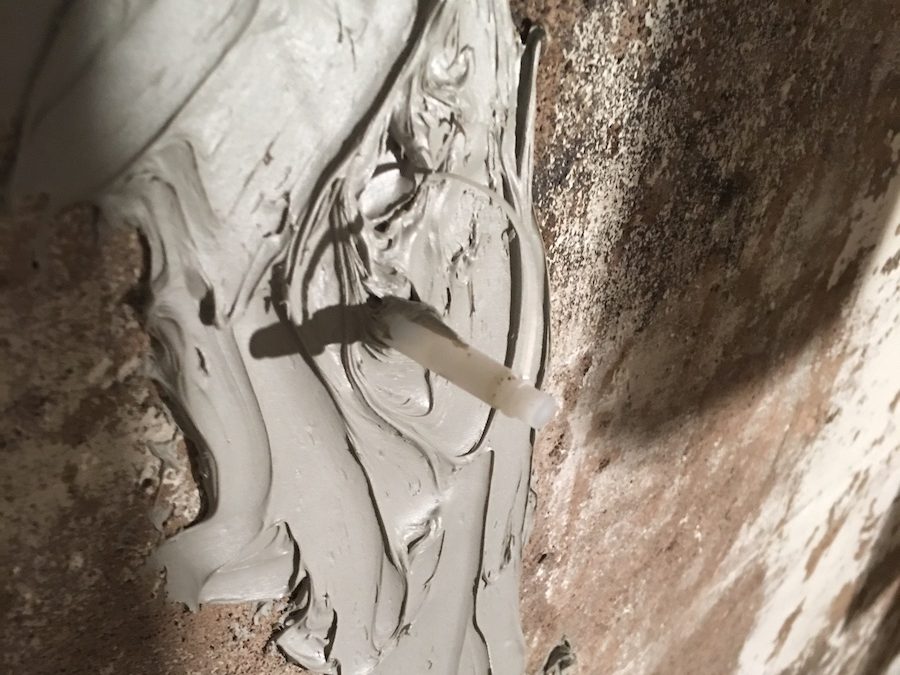
Repairing Foundation Wall Cracks
A new way to fix fracturesNow that the water and foundation gradient issue was fixed outside I could now feel confident repairing the foundation cracks. the last thing I wanted was to waste supplies and work because moisture or water inhibited a good bond on the...
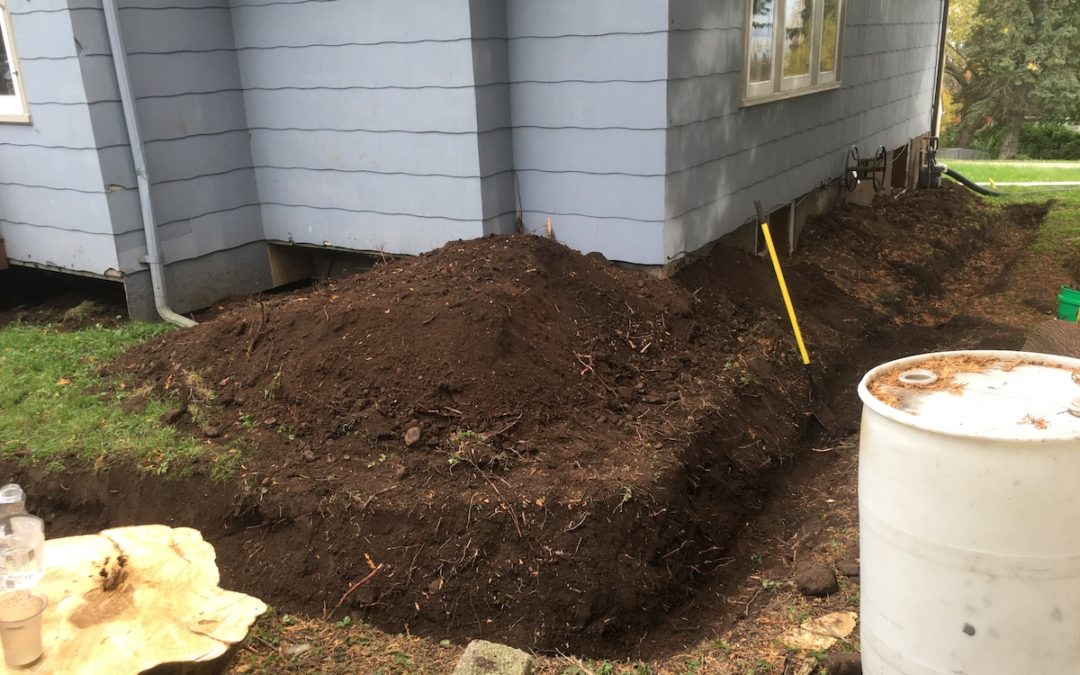
French Drain
Foresight is an important part of any construction endeavor. Simply put, don’t fix a surface if you need to address something underneath it first. This is a great example of that.




